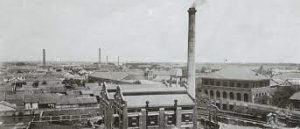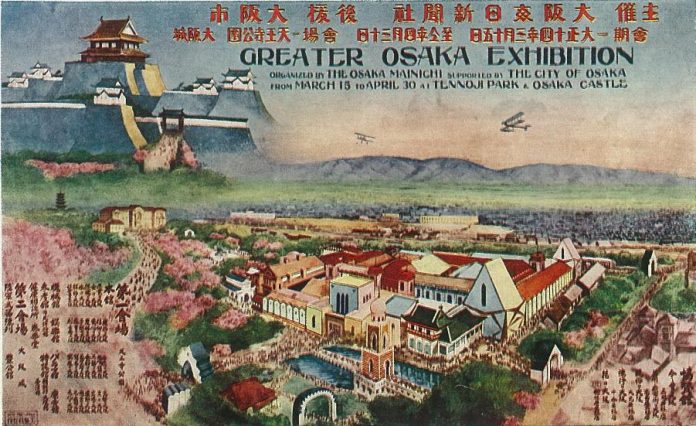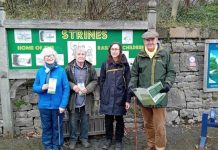Eralier this week, it was announced that Greater Manchester has signed asigned a landmark new partnership deal with Osaka which will see closer cooperation between the two cities
The two cities share a common theme, surrounding cotton which saw the Japanese City refered to as the Manchester of the East
Both in different centuries would adapt new cotton spinning technologies in their early years of industrialisation
In the case of Manchester, it was Crompton’s spinning mule, in the case of Osaka it was the Thorp and Jencks Ring frame and both would become the major centre’s in their respective countries of the cotton spinning industry, and both were close to large port cities, Liverpool and Kobe and both were cities in their respective countries whch were the first to industrialise in their region of the world.
Although their industrialisation were sperated by more than a hundred years, there were other similraities. most notably that the process was driven by entrepreneurs.Both cities also became dominated by canals, Osaka refered to as the Venice of Japan
Osaka’s History can be traced back 1400 years but it was only after the The Meiji Reformation, which began in 1868 that the cuntry began to open up to the West and the process of Industrialisation
Osaka experimented with becoming a city of industry. Thick clouds of smoke billowed from the chimneys of industrial factories, and by the end of the 19th century Osaka was mockingly called “the City of Smoke.” The nickname that followed was “Manchester of the East.”
In 1882 the Osaka Spinning Company was formed with its machinery imported from Oldham’s Platt Brothers, the factory became the copy of a typical Lancashire Mill and that factory became a blueprint for the Japanese Cotton Industry
However the Japanese would quickly innovate, moving away from the spinning mule to a system of ring spinning, a method that would diffuse far more slowly through the mills of Lancashire
By 1925 it had become the most populus City in Japan, renowed as a centre for technology and innovation.It was a target for American bombers in the second world war and a third of the City was destroyed but it rebuilt quickly post war and would quickly return to its pre war eminence
The second half of the 20th century saw the decline of the textile industry in both cities.Both mirrored each other in transforming to indusrty to a service economy but Osaka avioded the post industrial decline that blighted Manchester in the 1980’s
However a report publ;ished in 2010 comparing urban regeneration in both cities found that both had strugglesd to replace the demand to make the development of post industrial brownfiled sites profitable.
Meanwhile the ties are set to continue.The University of Manchester and Osaka University announced launch of a new strategic partnership intended to complement the ongoing civic engagement between the two cities with the university-to university partnership being launched on the same day as a mayoral memorandum of understanding is signed by Andy Burnham and Hideyuki Yokoyama.
Professor Stephen Flint, Associate Vice President for Internationalisation for The University of Manchester, commented “This is an exciting development in global partnering around key research themes for our universities. It aligns perfectly with both regional and national priorities and the UK becoming a member of the CPTPP Pacific trade group”.







